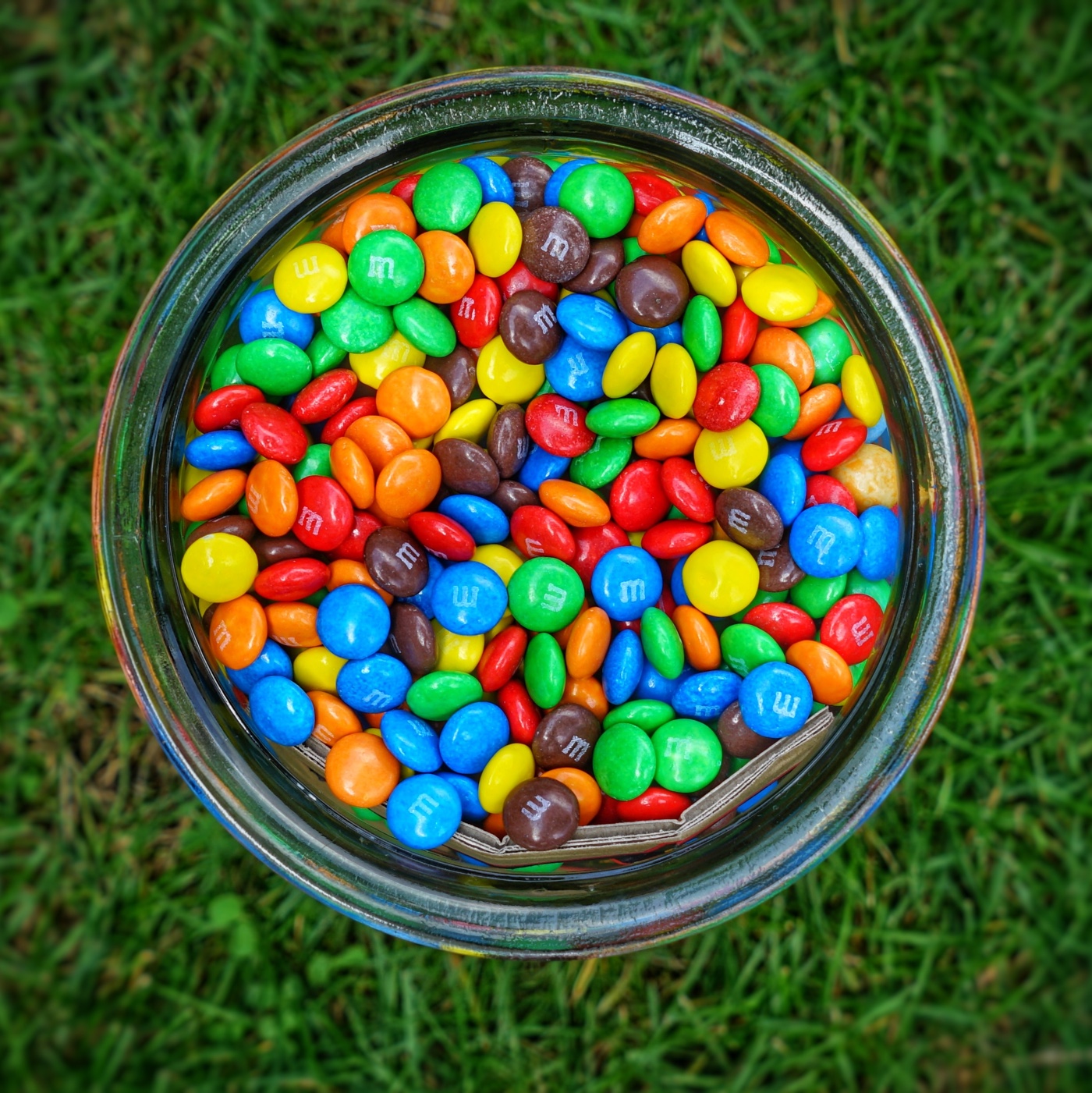Ancient Maya agricultural practices could be the key to growing vegetables on Mars

Scientists at Wageningen University & Research are investigating whether ancient Maya agricultural techniques could hold the secret to growing vegetables on Mars, specifically using the method of intercropping—planting different crops close together to enhance yield and nutrient content.
The need for a reliable food source is a significant challenge for potential Martian settlers, as the long journey from Earth makes resupply impractical. Dehydrated food, while easier to transport, loses essential nutrients, necessitating a self-sustaining farming solution on the Red Planet.
The recent study, published in “Plos One”, examines the viability of intercropping on Martian soil. Researchers replicated Mars-like conditions in greenhouses by using a mix of rocks, dust, and sand called regolith, along with standard potting soil and river sand. They introduced a small amount of organic soil to improve water retention and root growth in the regolith and river sand mixtures.
In their experiments, the scientists planted peas, carrots, and tomatoes—crops previously identified as viable for Martian soil due to their high content of beta carotene, vitamin C, and antioxidants. These crops were grown both alone (monocropping) and in combination (intercropping) across different soil types.
After 105 days and using five pots for each of the 12 experimental treatments, researchers harvested the crops to assess yield and nutritional value. The results showed that tomatoes thrived in simulated Martian soil when planted with carrots and peas, displaying increased potassium levels, higher biomass, and improved yield compared to when grown alone. However, carrots produced less biomass and had lower yields in intercropping setups due to light competition from taller tomato and pea plants. Peas showed similar performance in both monocropping and intercropping setups.
Wieger Wamelink, an ecologist at Wageningen University & Research and co-author of the study, noted the importance of crop selection in intercropping, highlighting that while tomatoes benefited from being planted with peas, carrots did not due to reduced light availability.
This research not only contributes to the understanding of potential agricultural practices on Mars but also offers insights that could benefit Earth-based farming, especially as climate change introduces more variability in temperature and rainfall.
Further studies are exploring other aspects of Martian agriculture, including the use of fly larvae to enrich soil, the potential for vertical and pod-based vegetable growth, and the cultivation of grains needed for brewing beer.
Rebecca Gonçalves, an astrobiologist at Wageningen University & Research and another co-author, emphasized the broader implications of their findings: “If we can unlock the secret to regenerating poor soils while developing a high-yielding, self-sustainable food production system—exactly the goal of Martian agriculture research—we will have found a solution for a lot of the issues we are facing here on Earth as well.”
Source: Smithsonian Magazine



